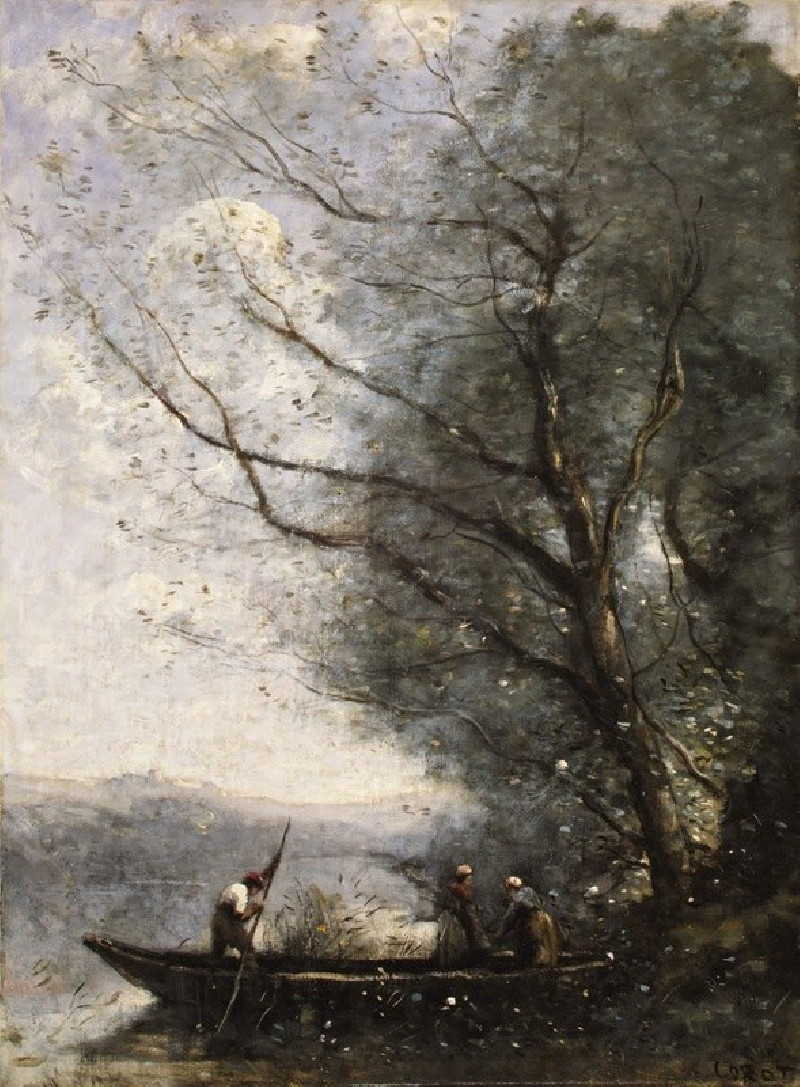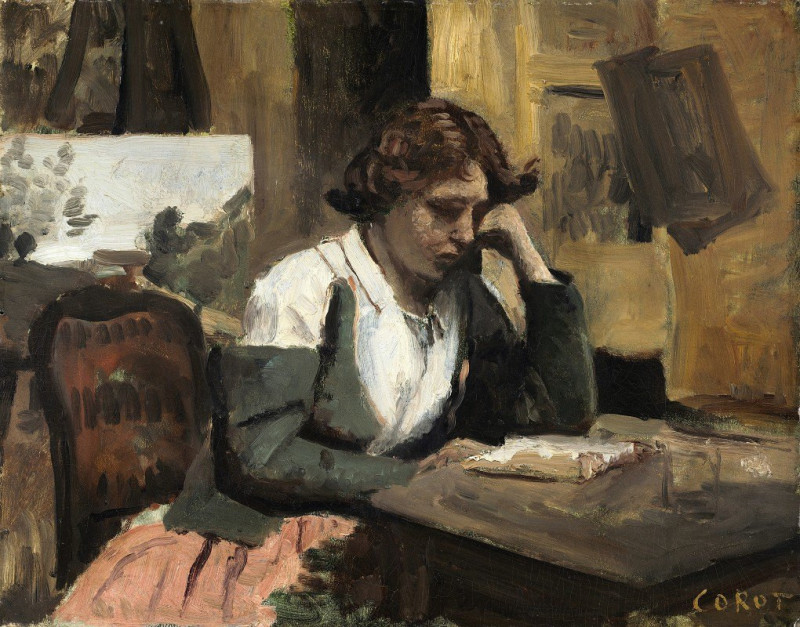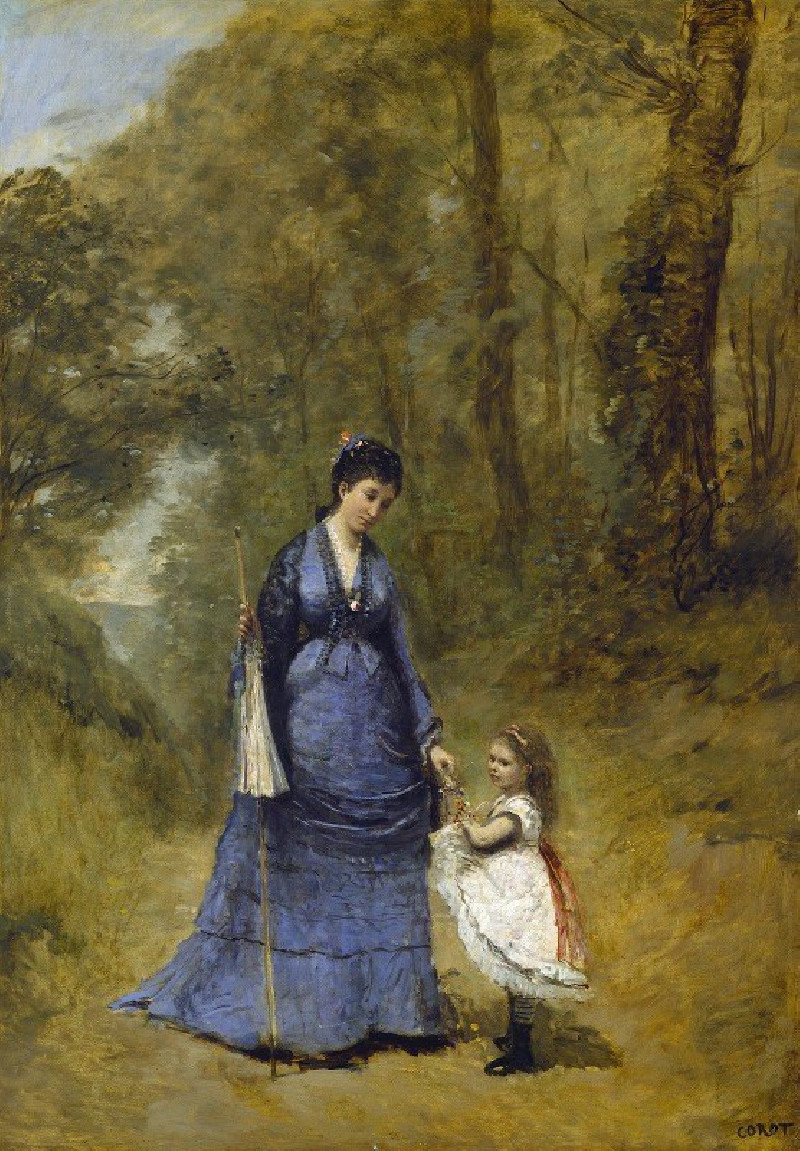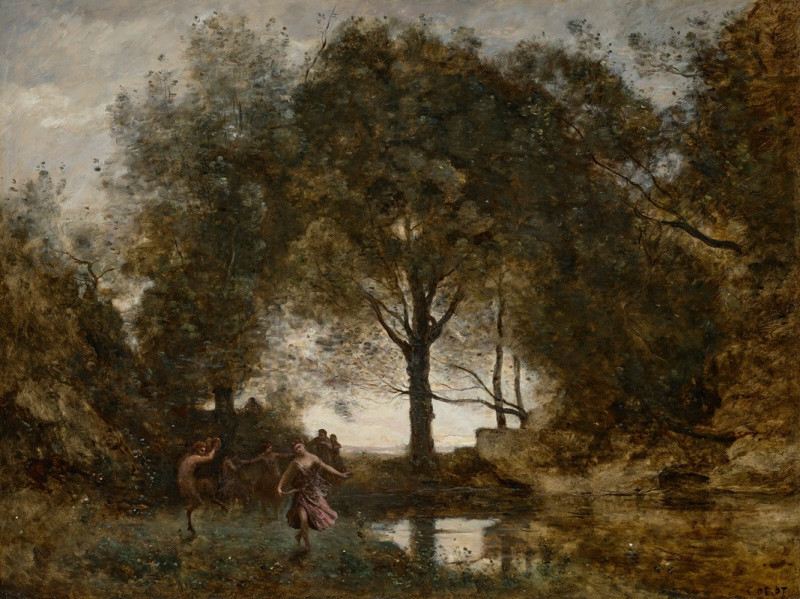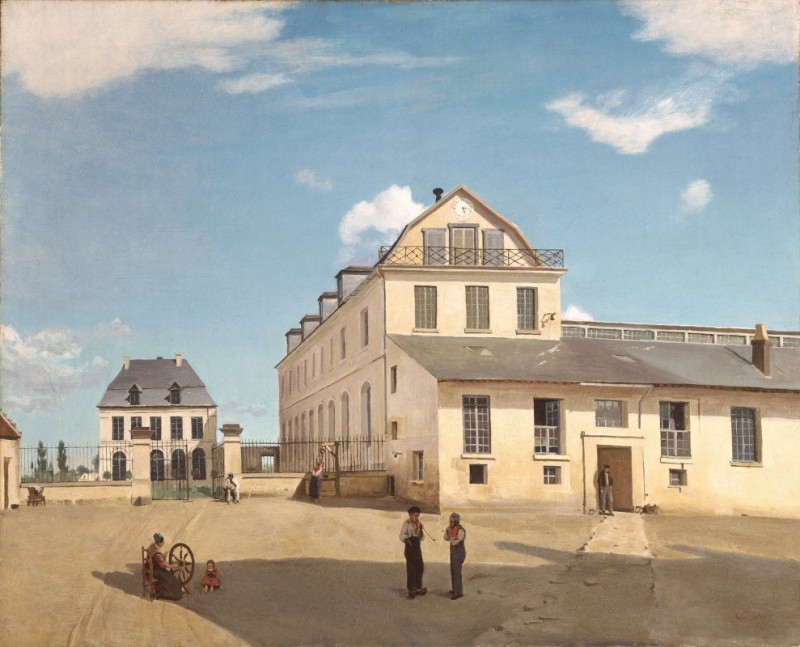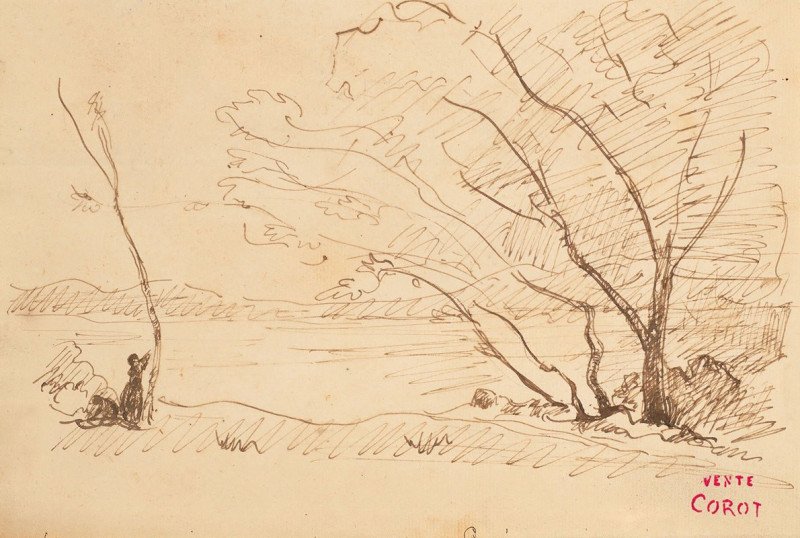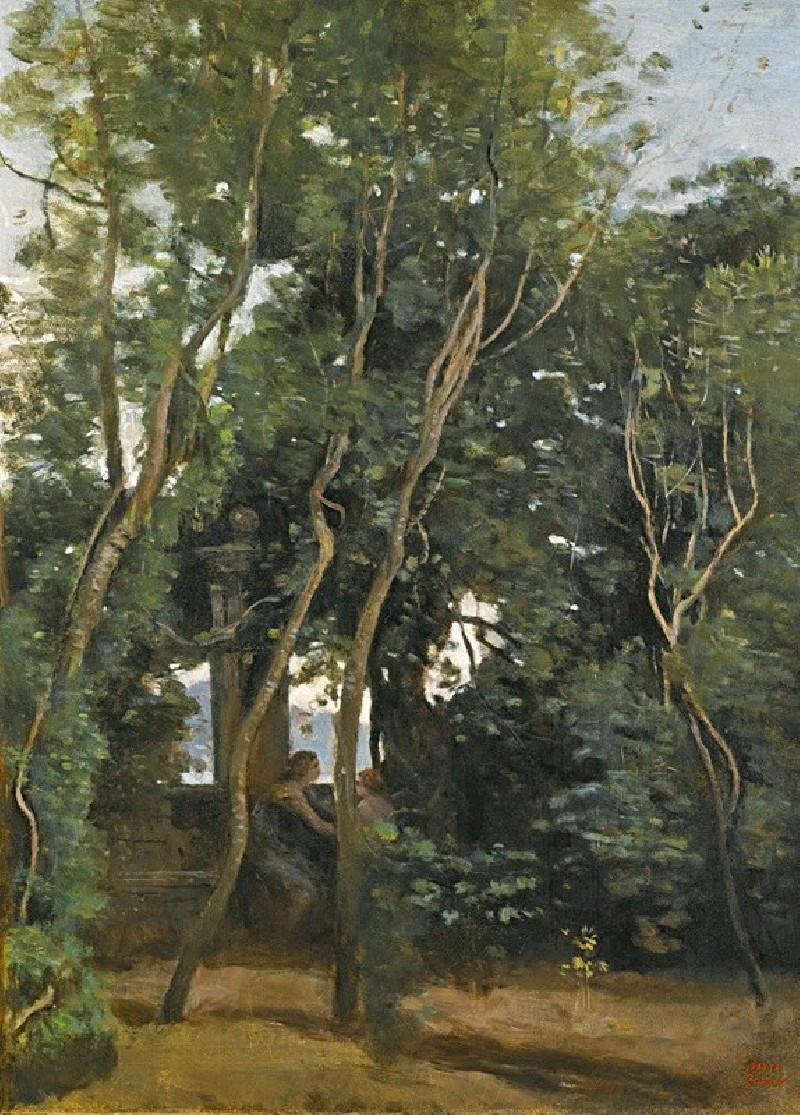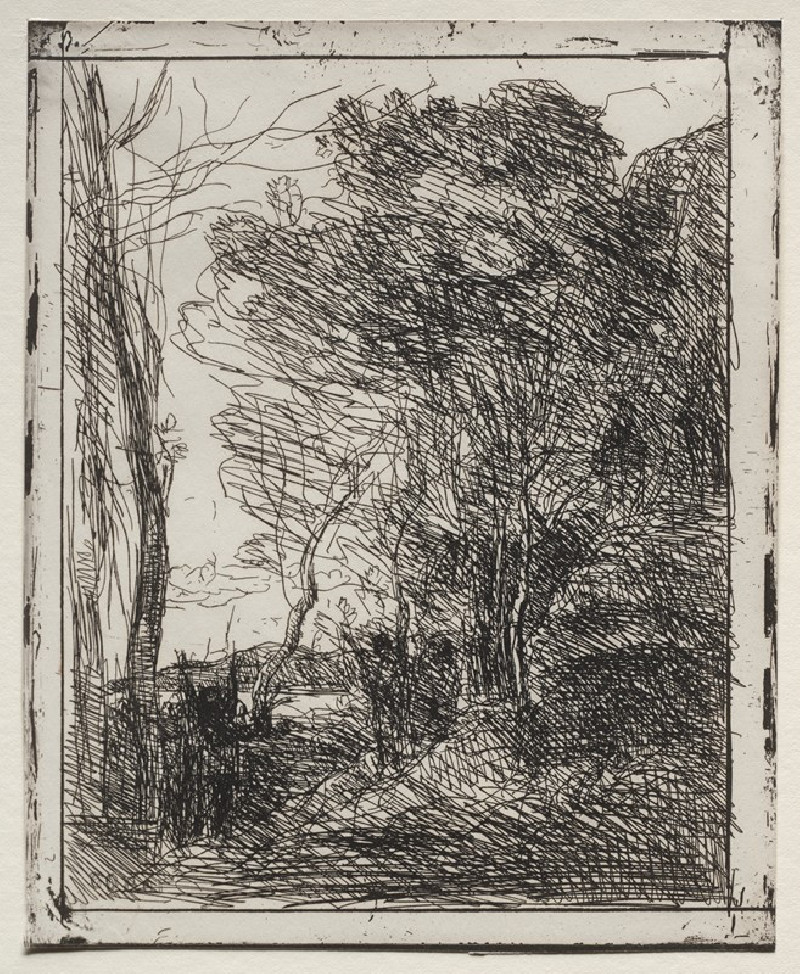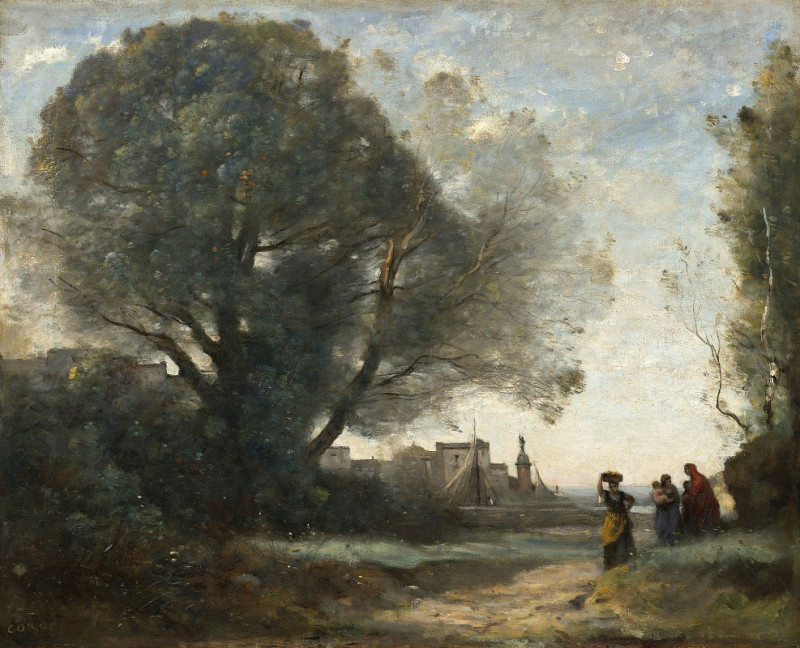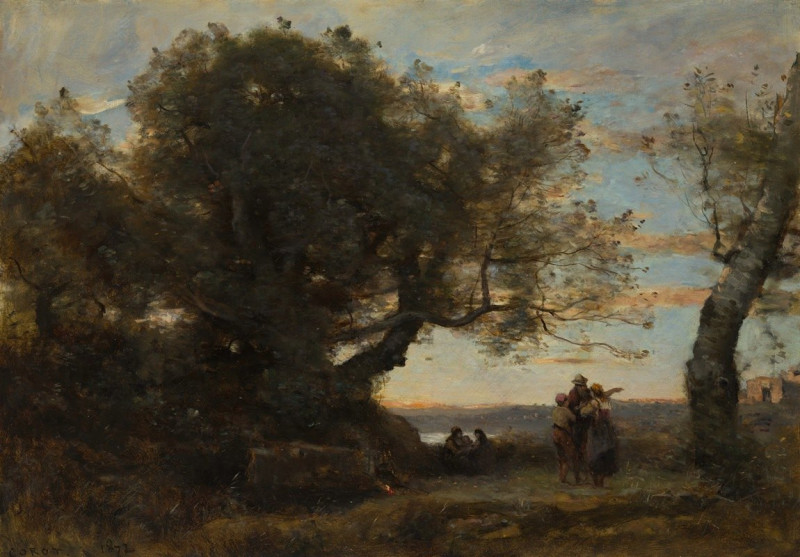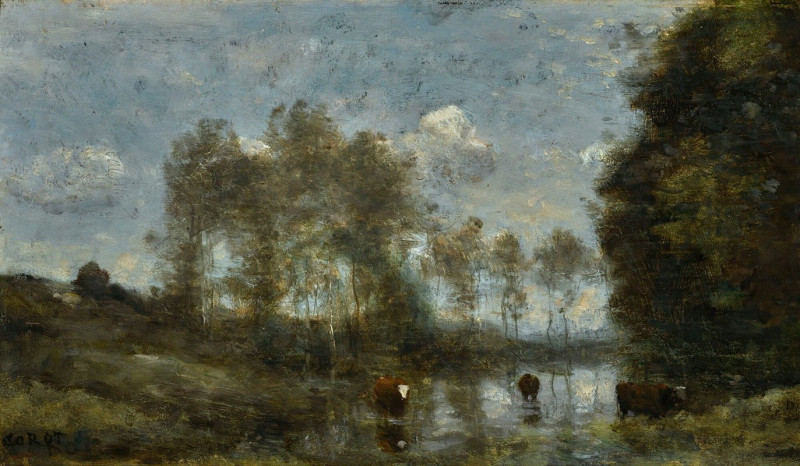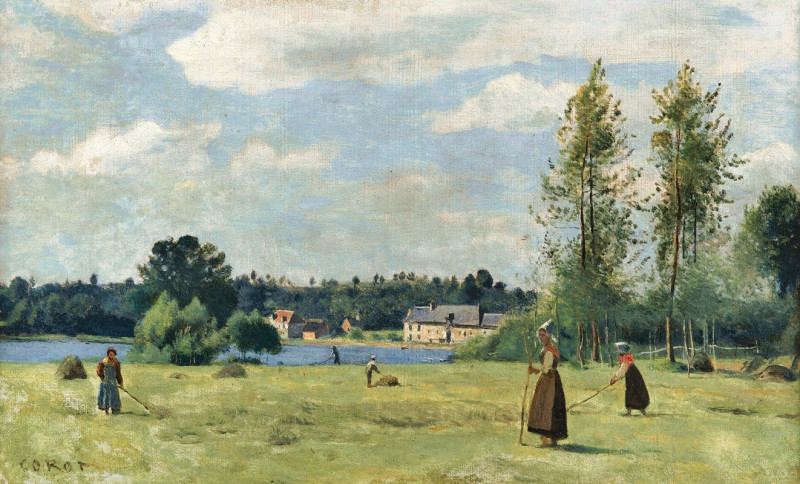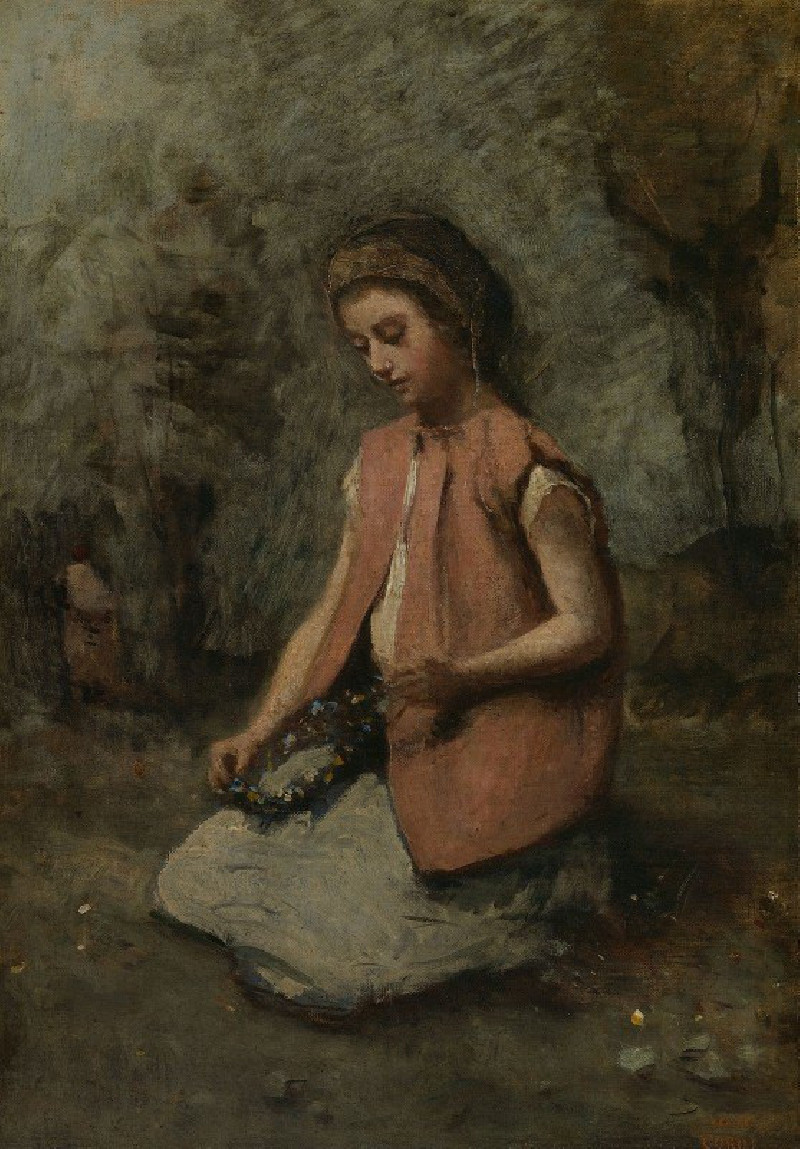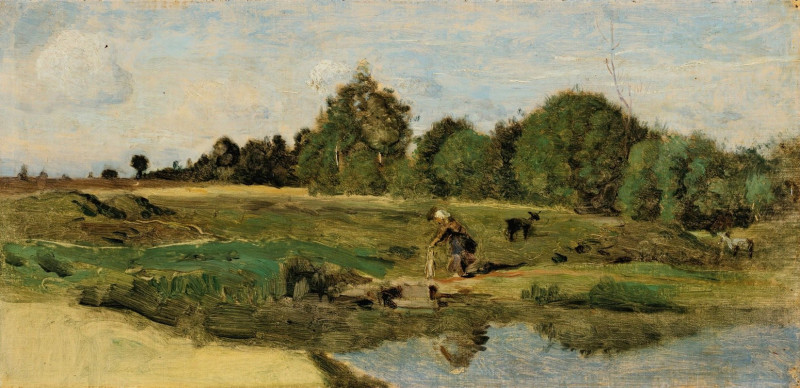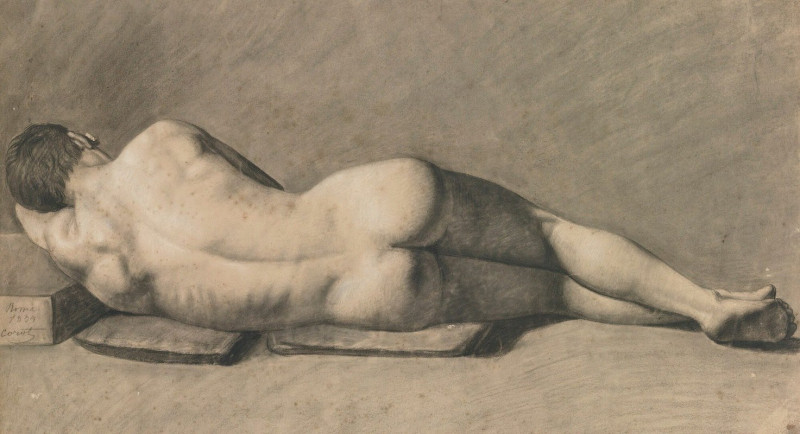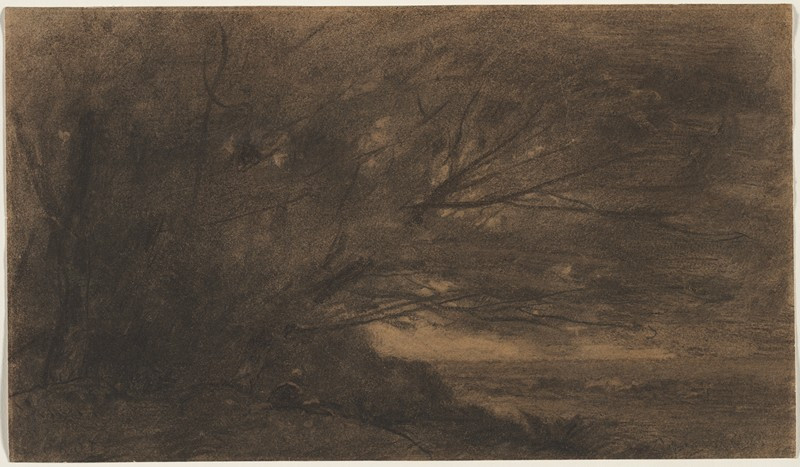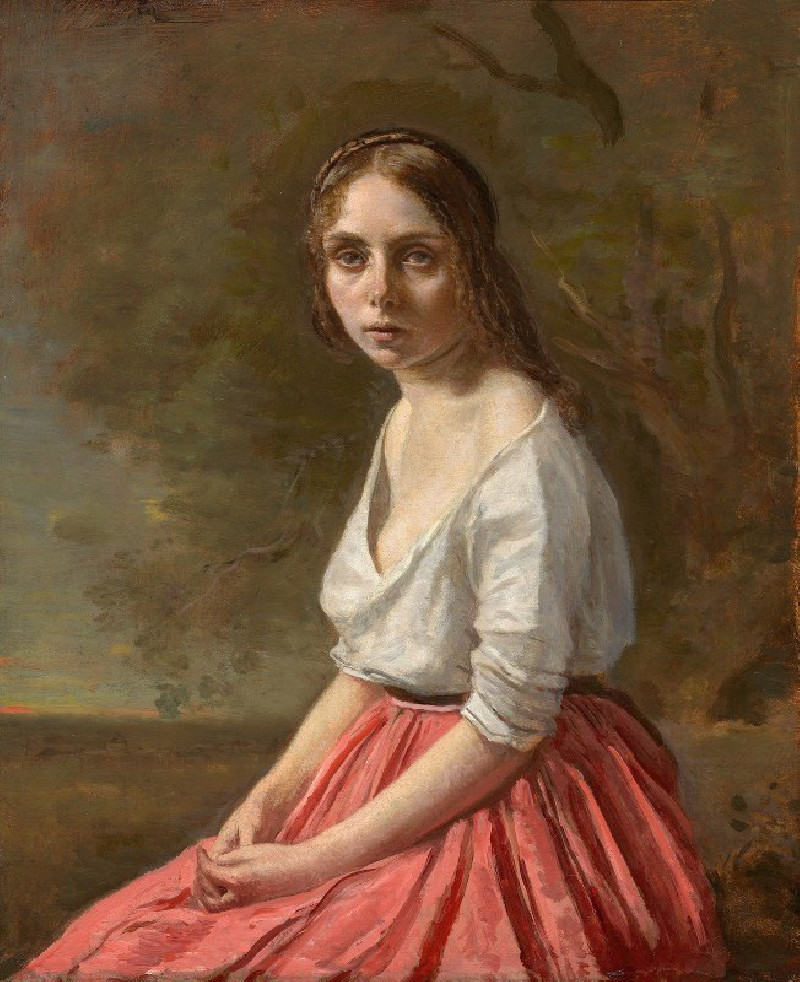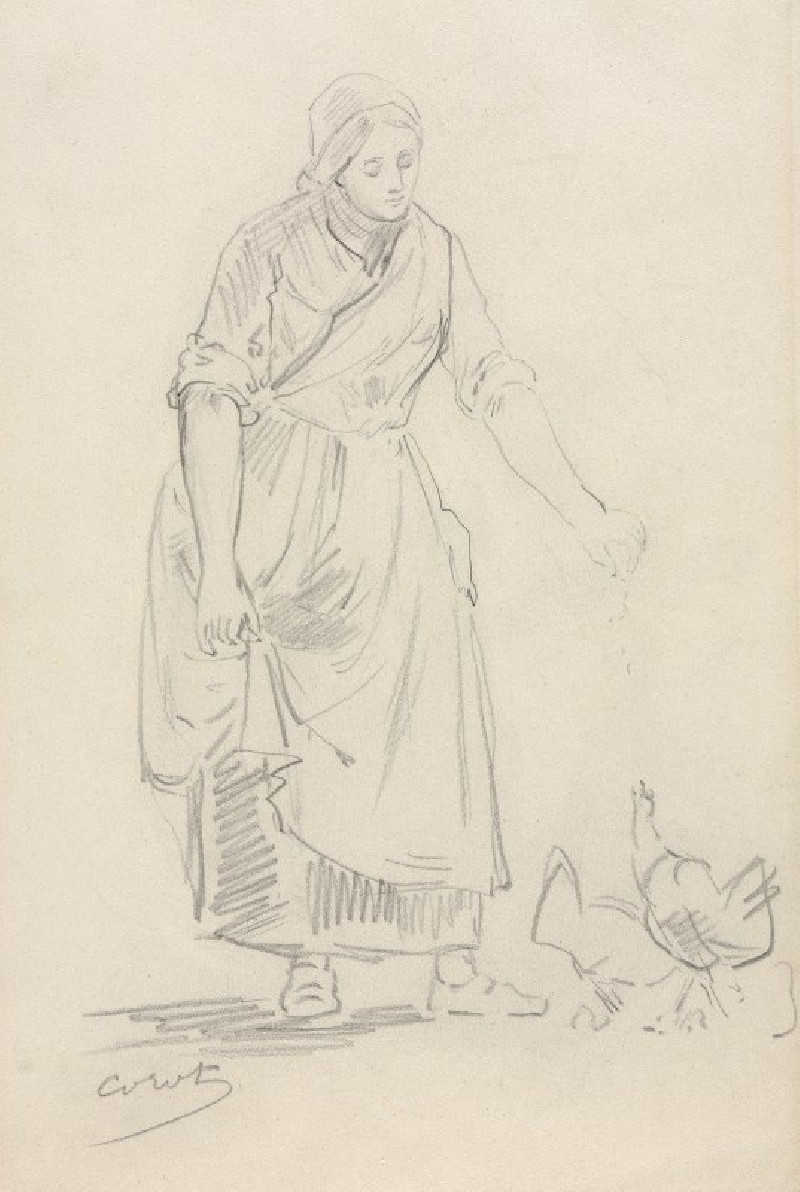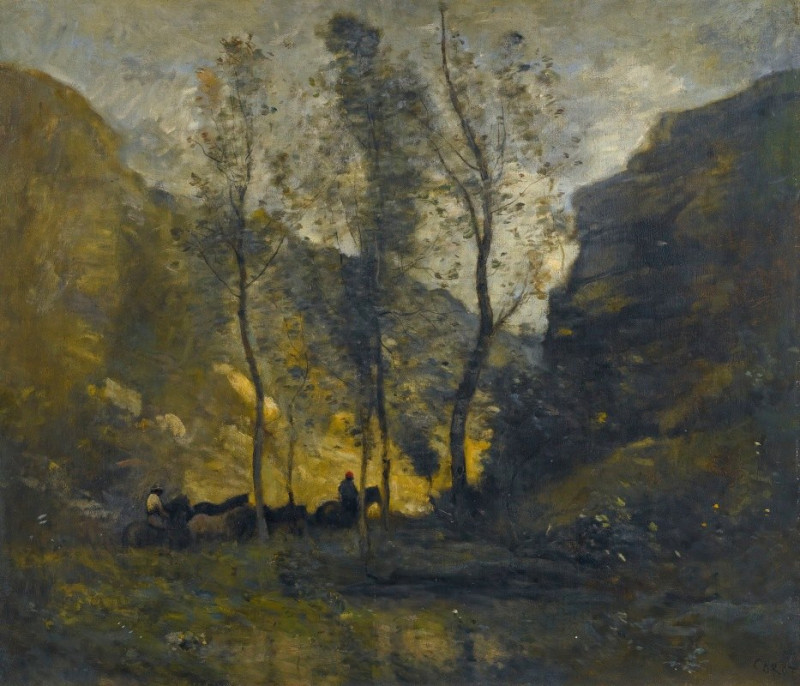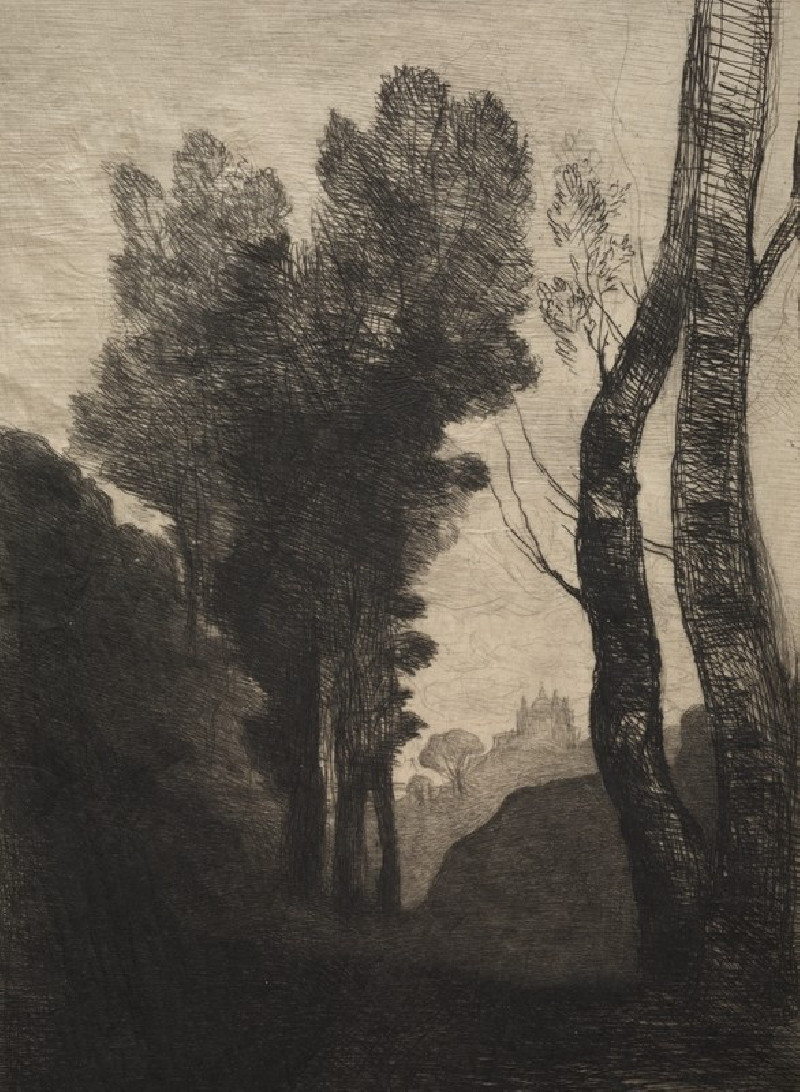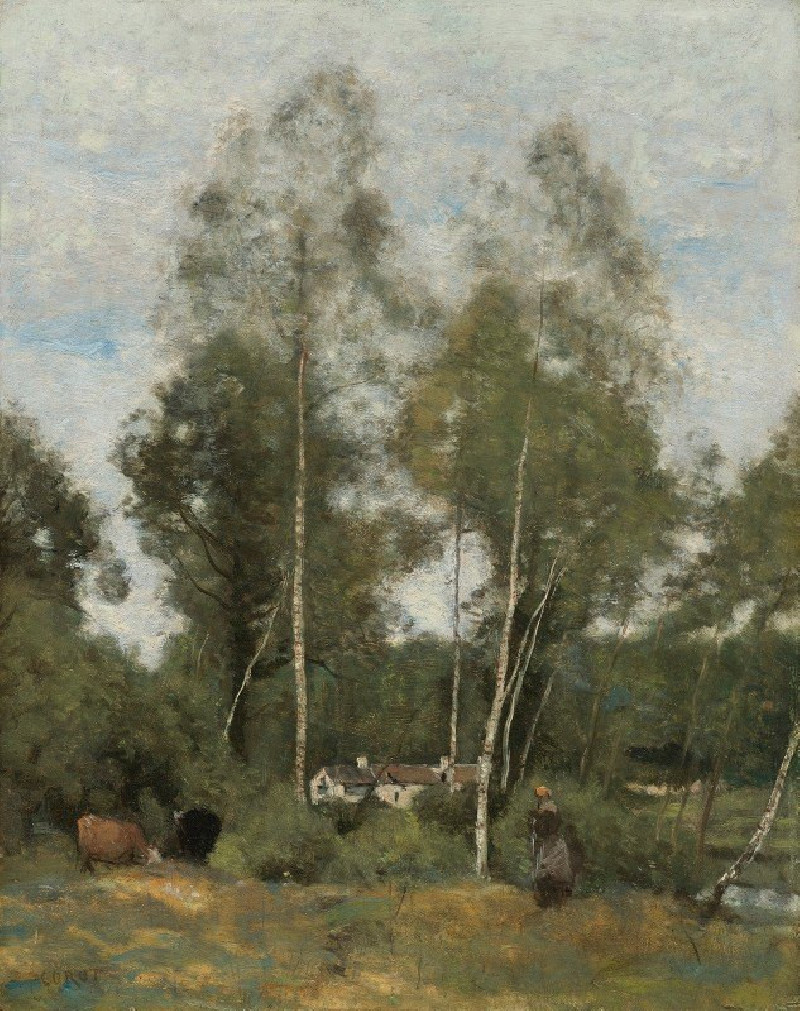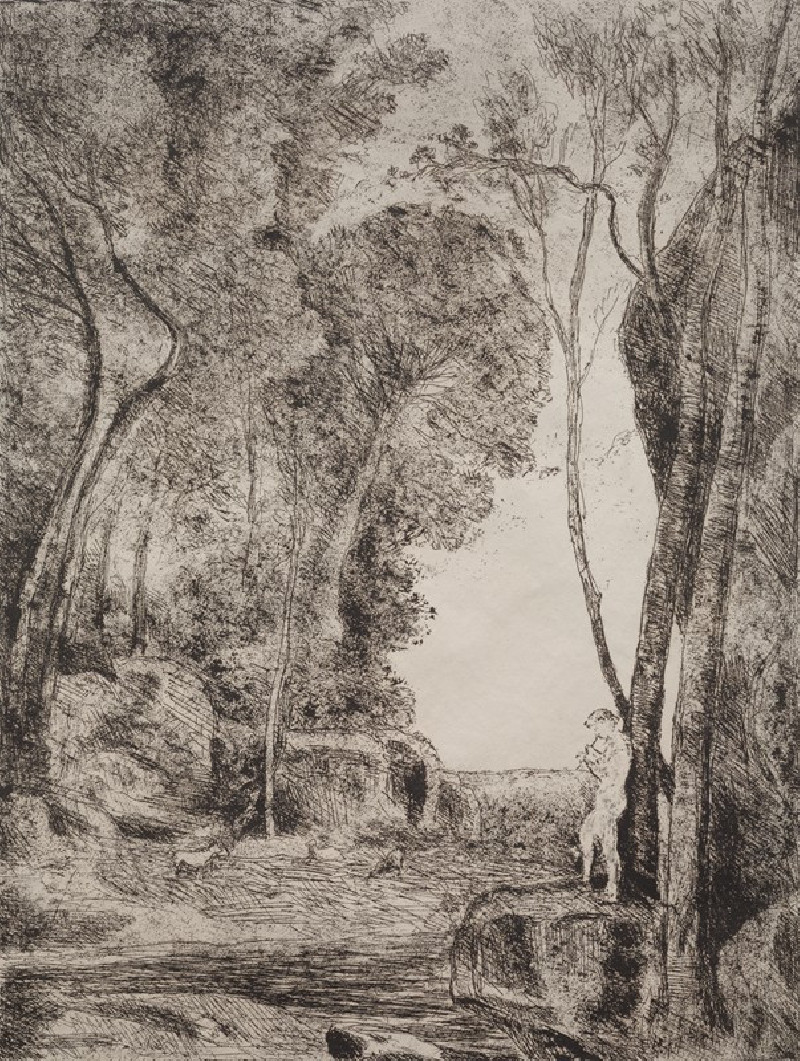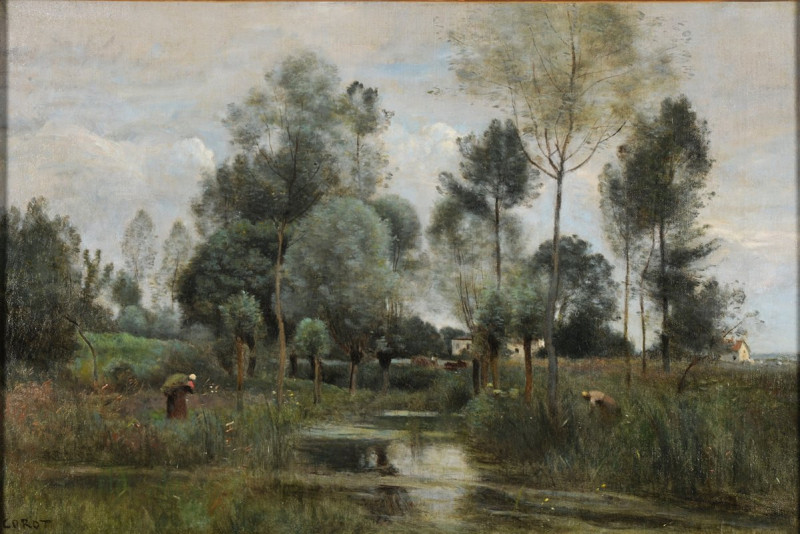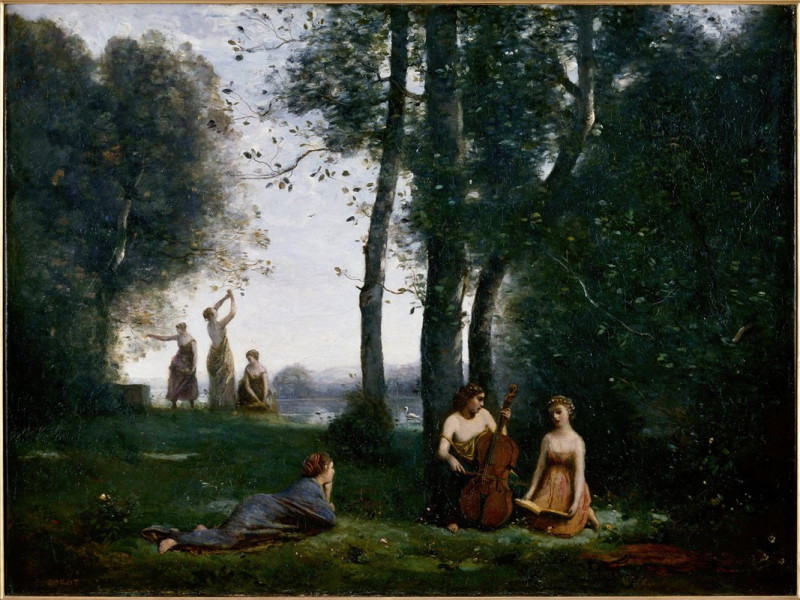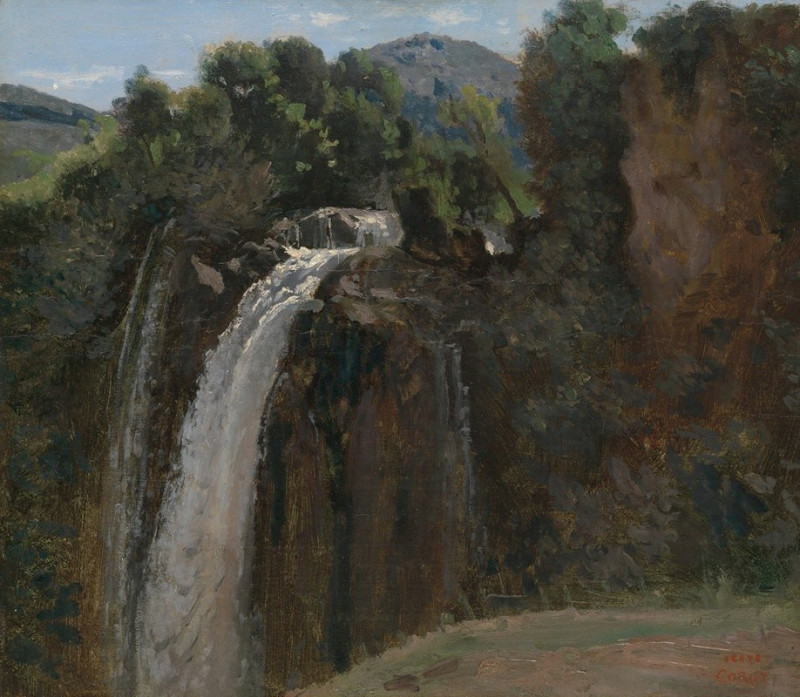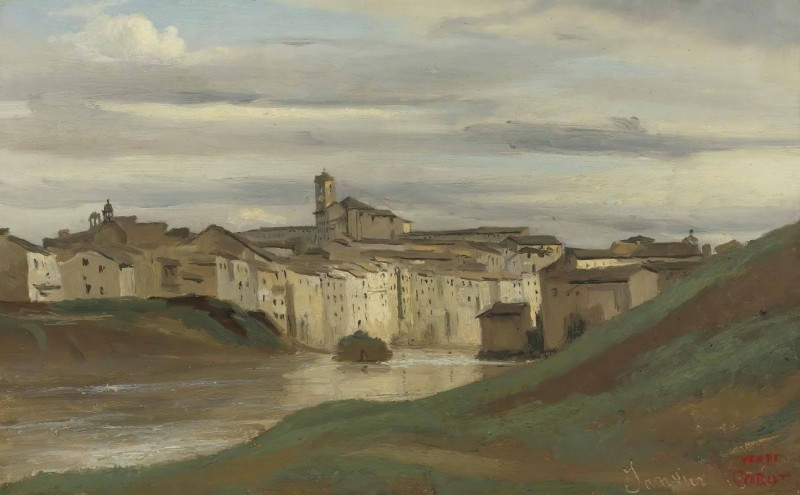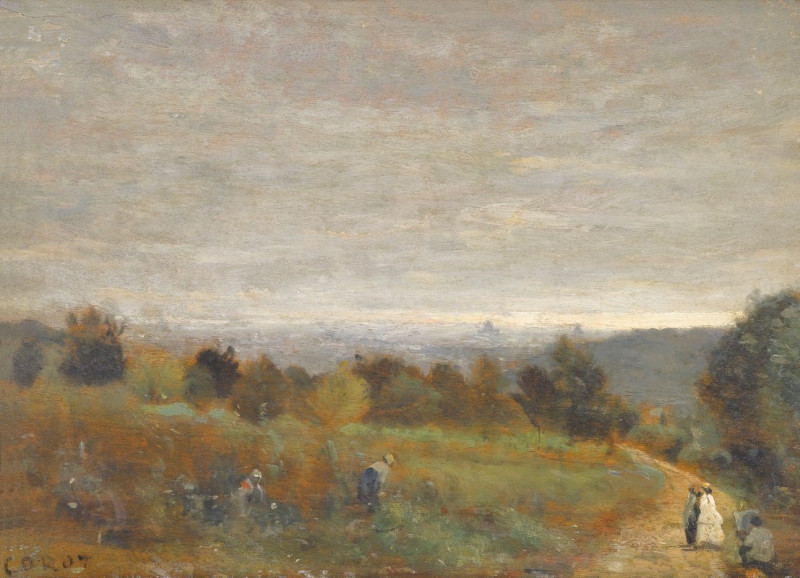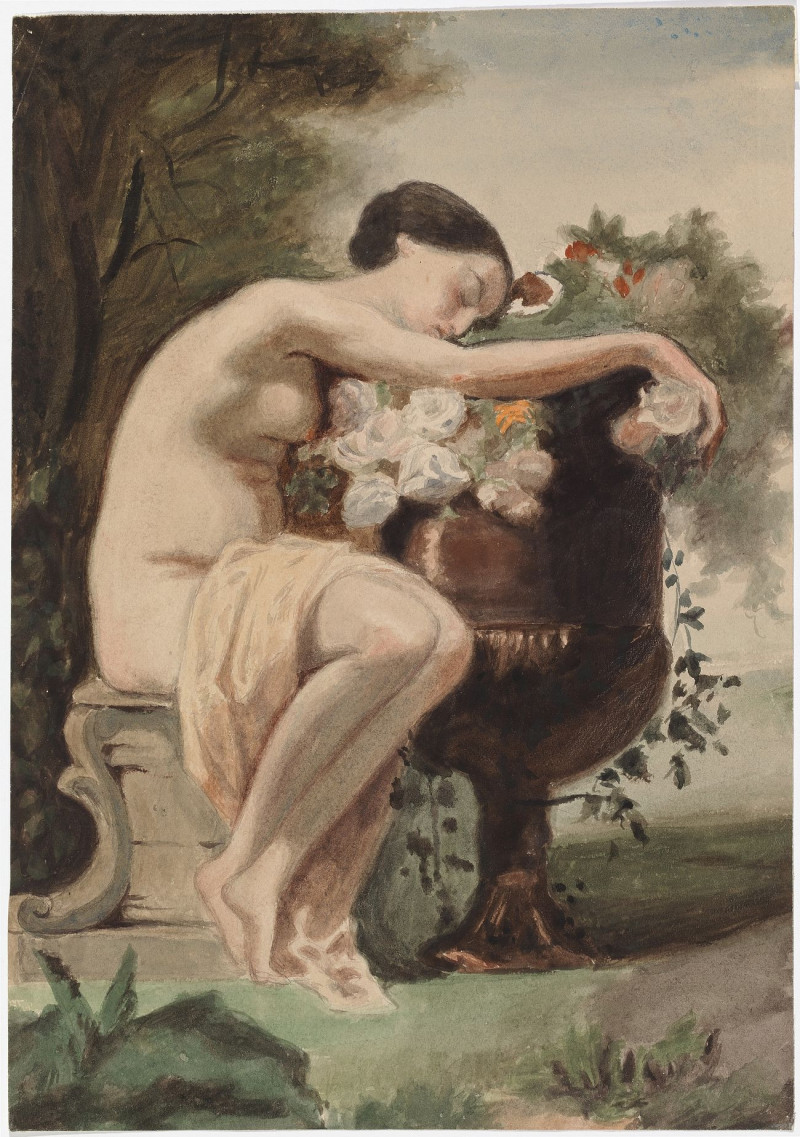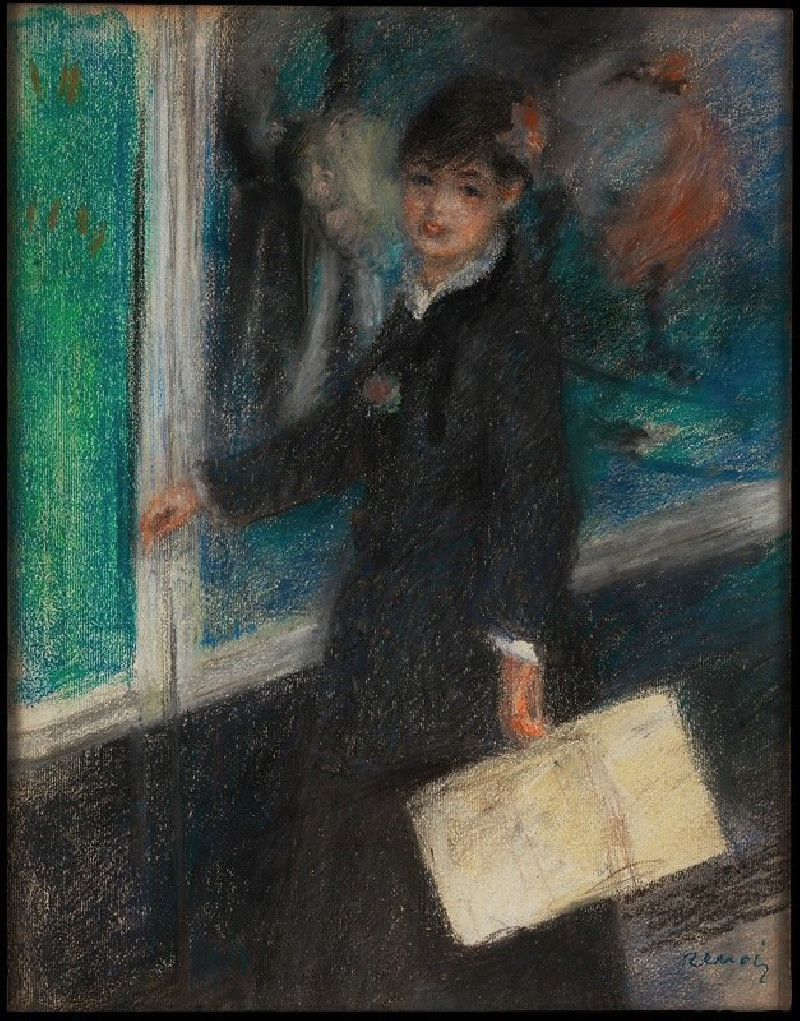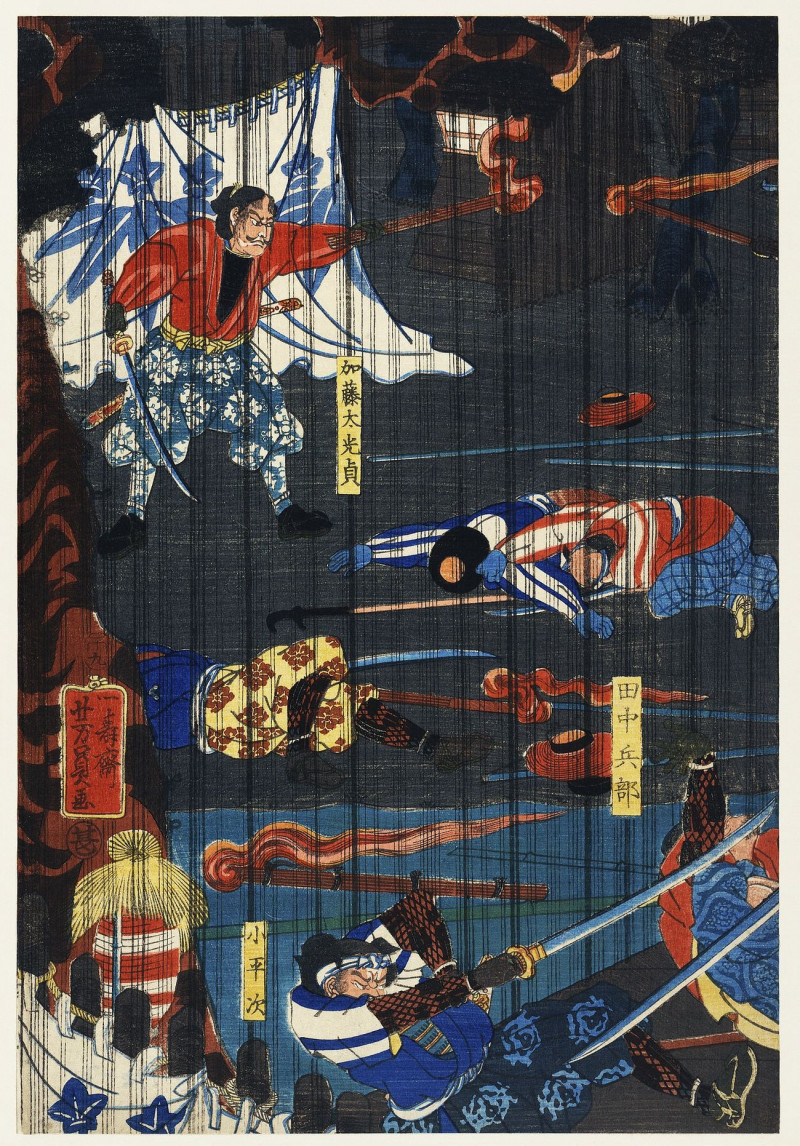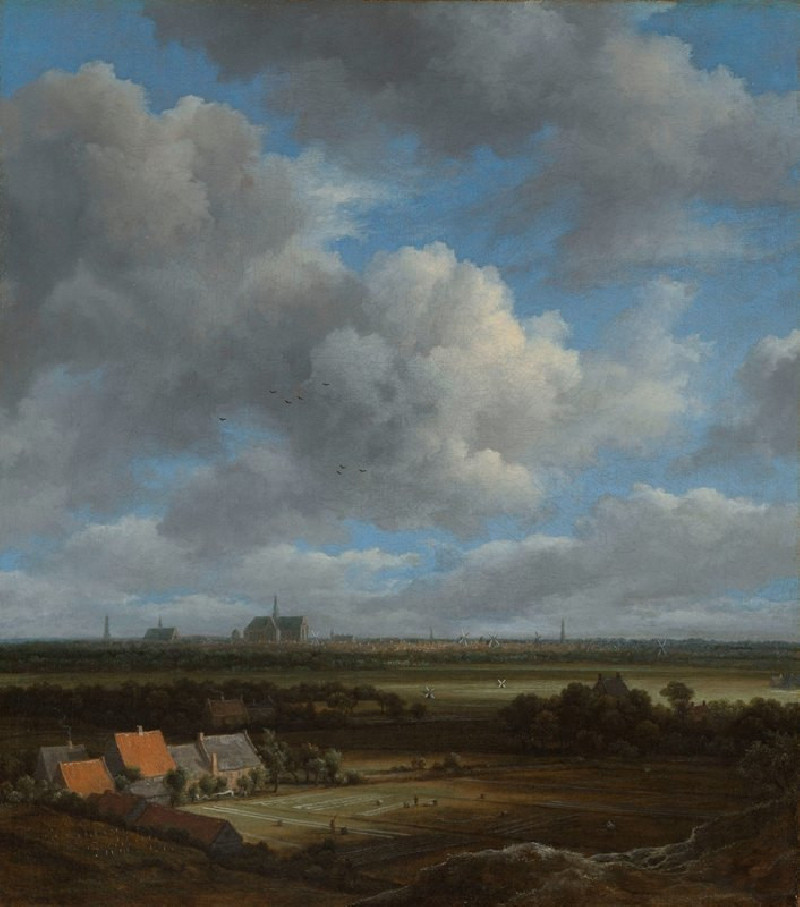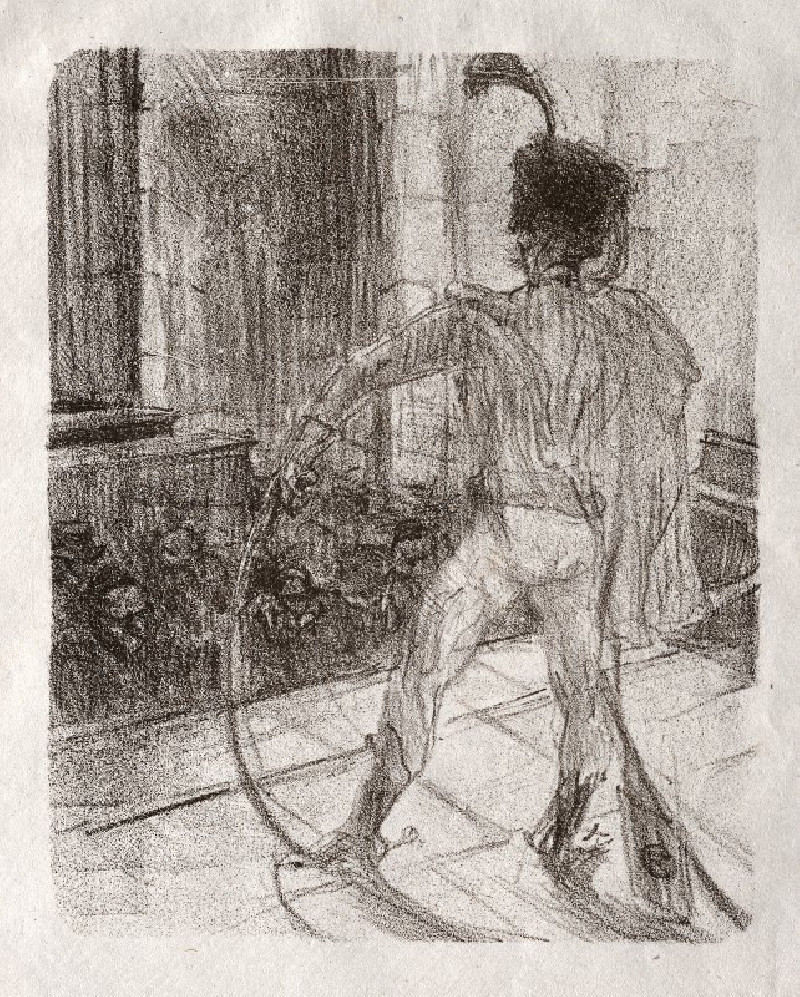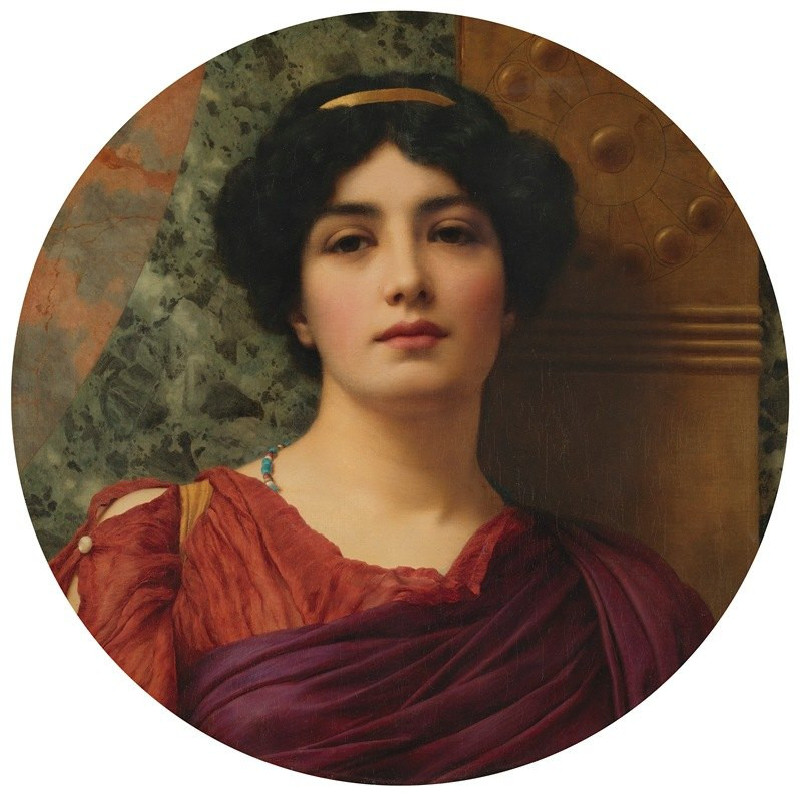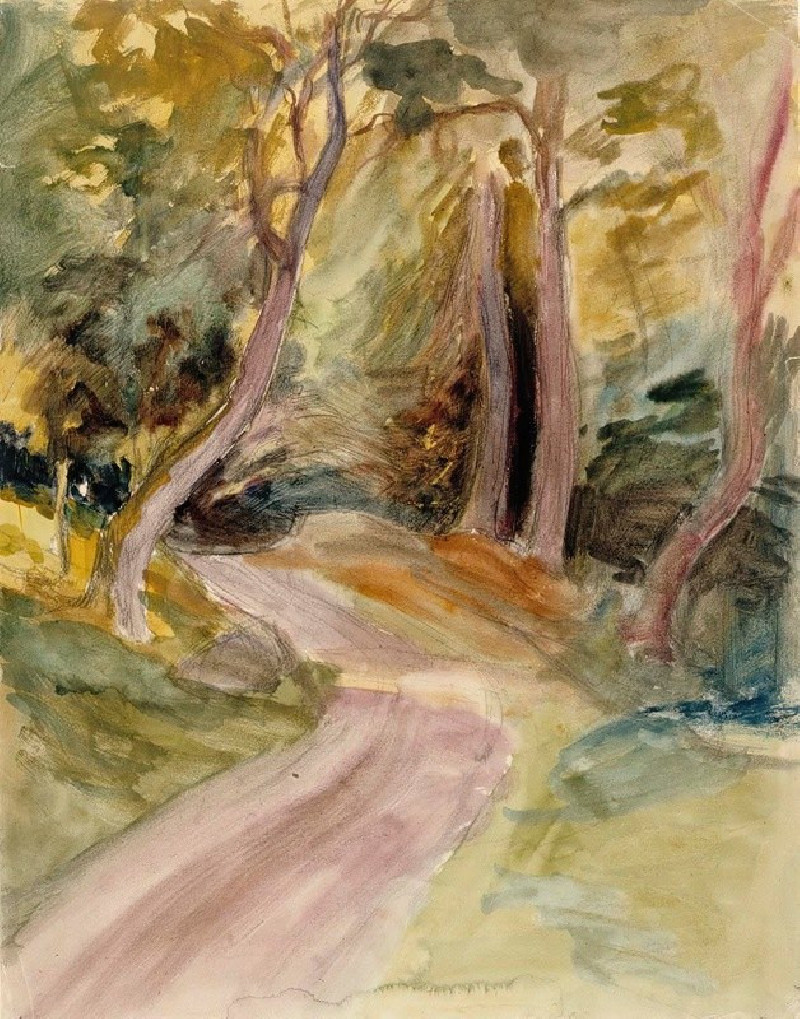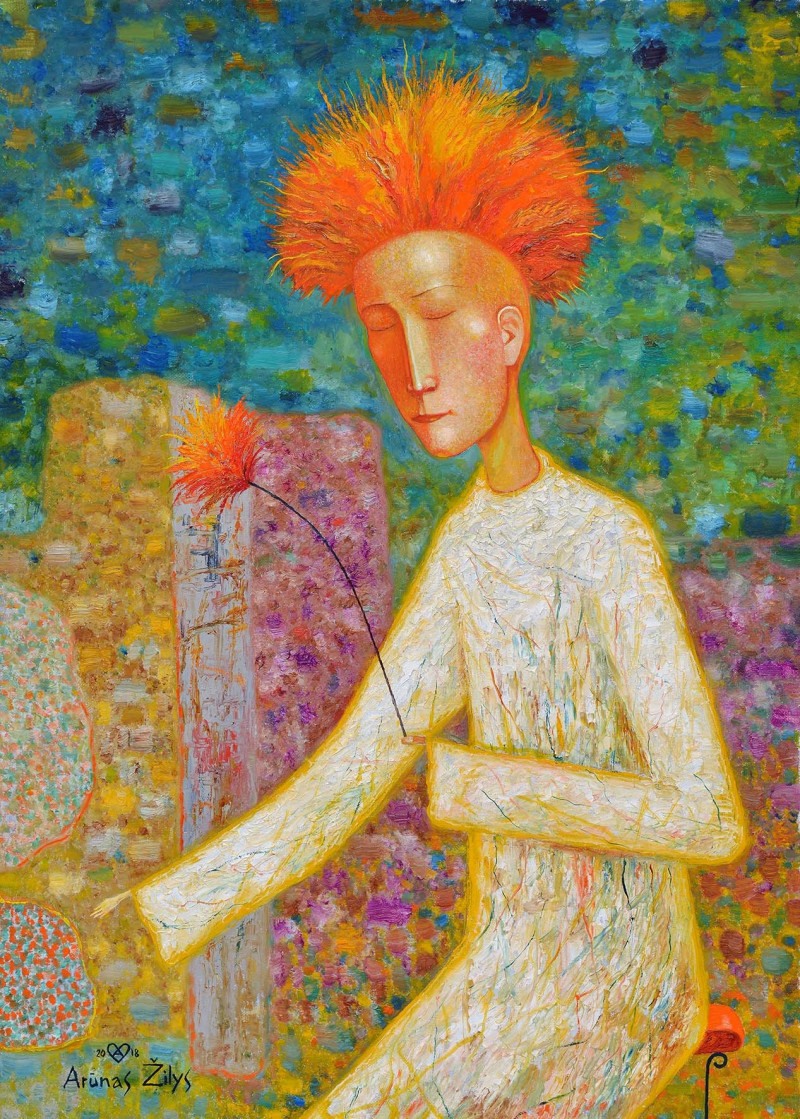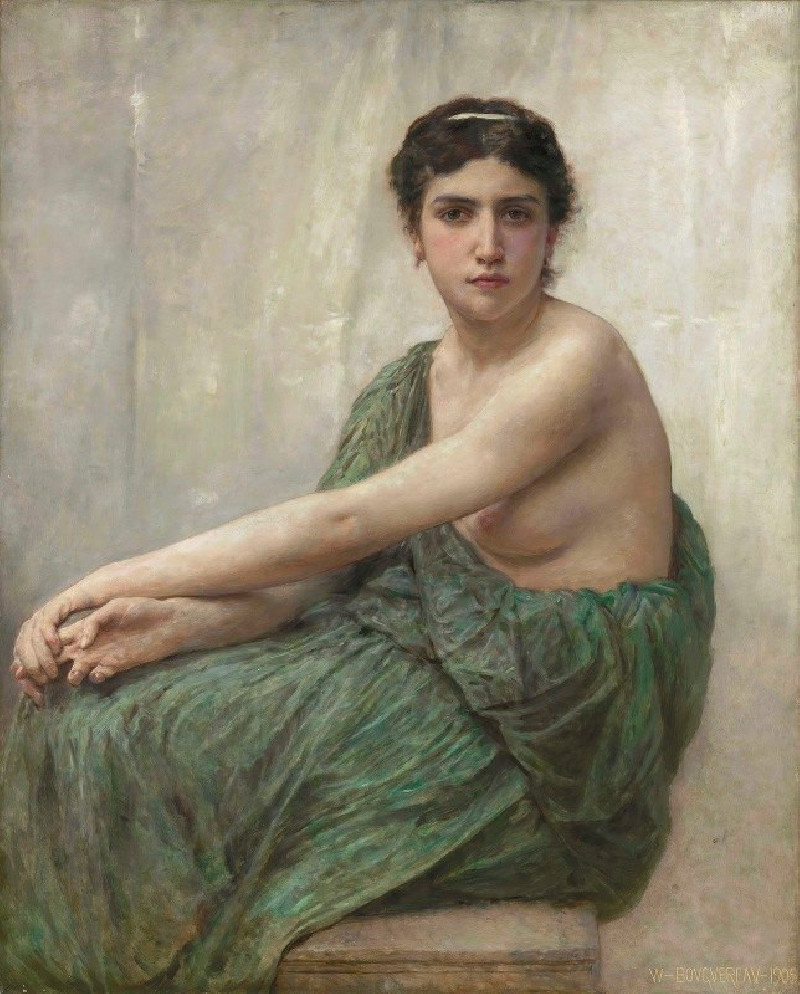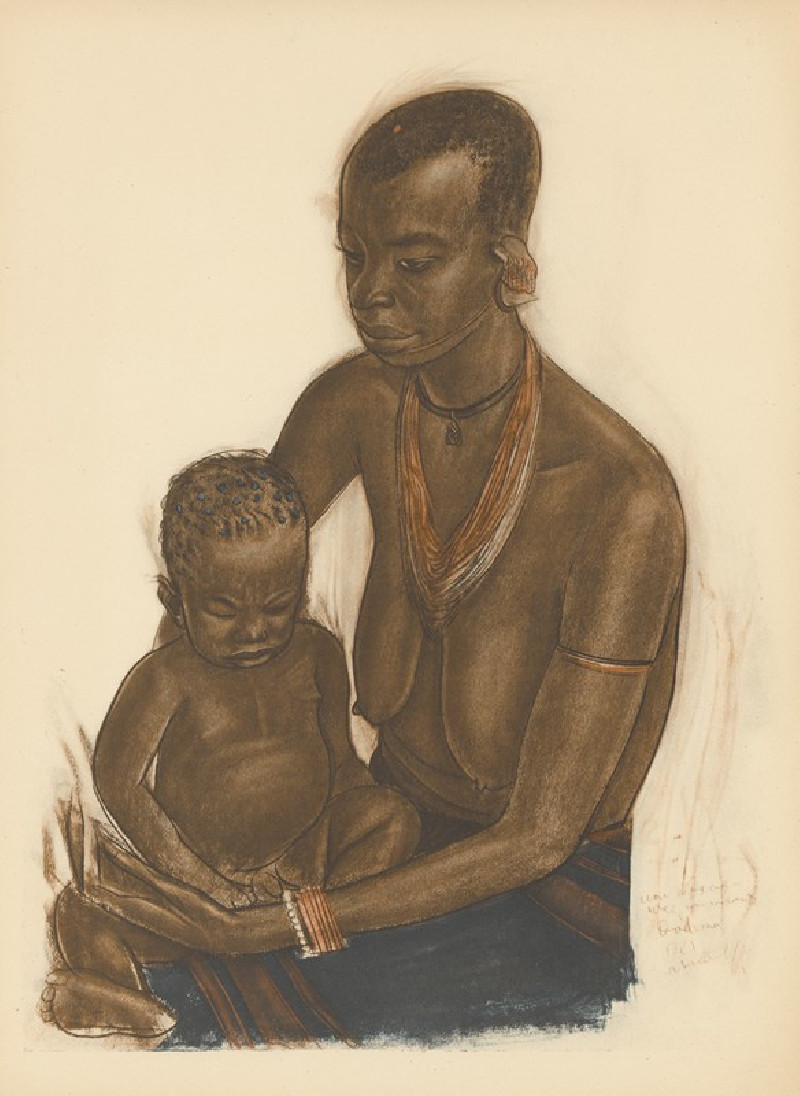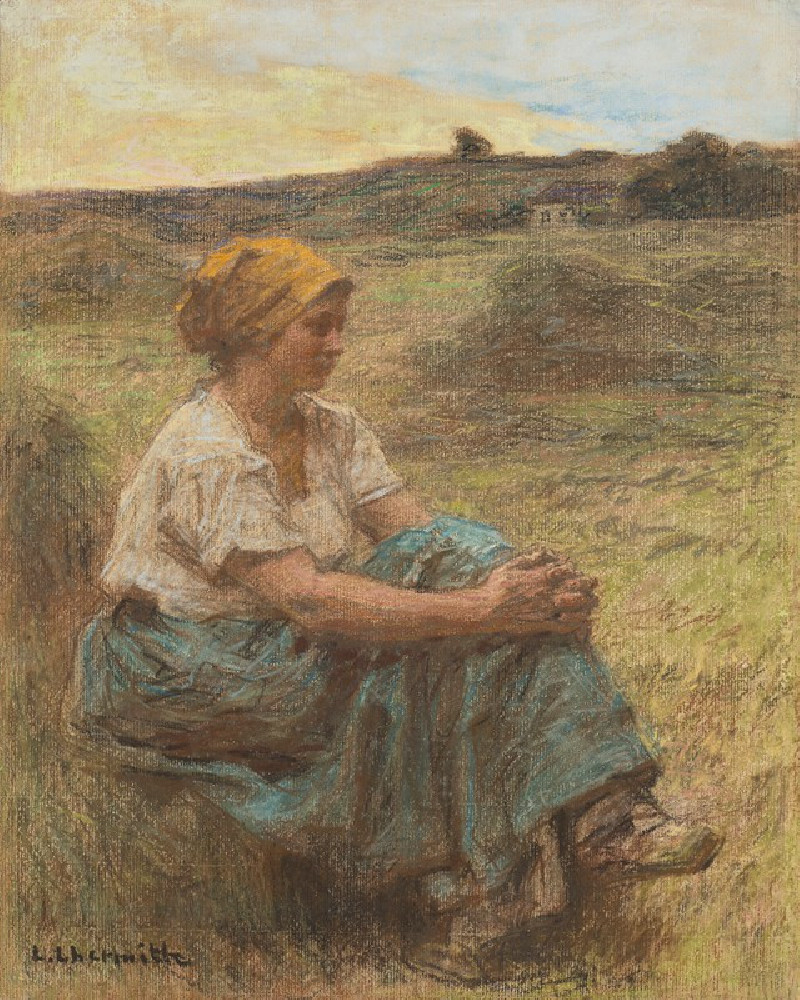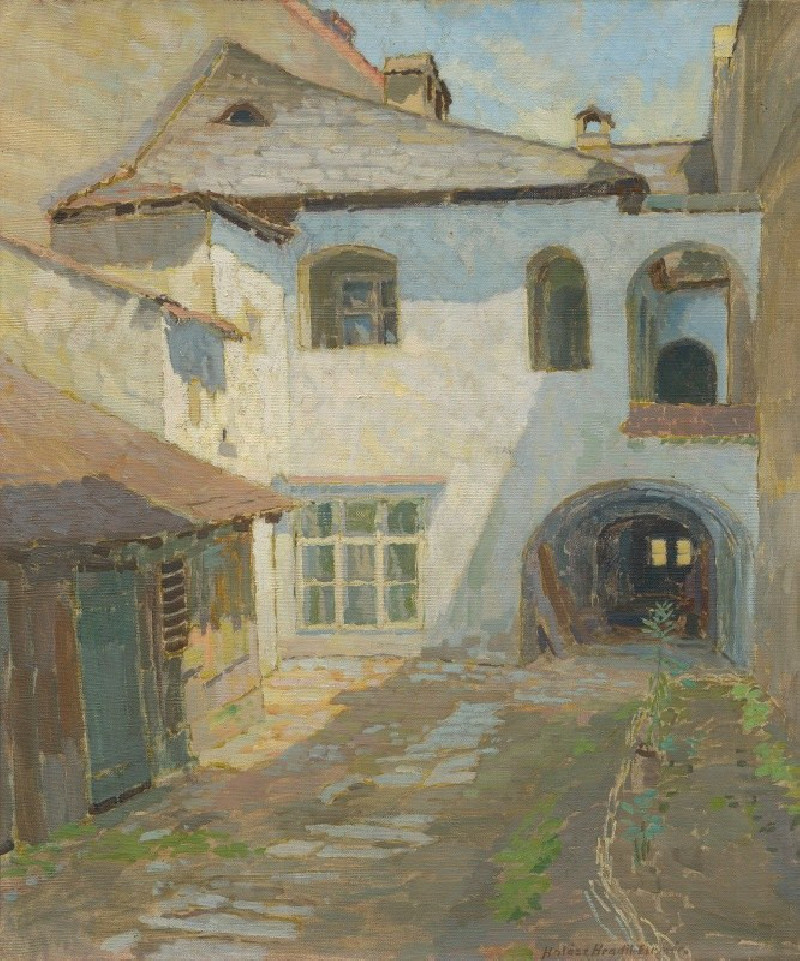La Danse italienne (1865-1870)
Technique: Giclée quality print
Recommended by our customers
More about this artwork
"La Danse italienne" by Jean-Baptiste-Camille Corot, painted between 1865 and 1870, captures a moment of delightful spontaneity and vibrant life amidst a serene natural backdrop.In this atmospheric scene, your eye is first drawn to a small group of figures engaged in a spirited dance. Surrounded by tall, verdant trees that frame the scene beautifully, the dancers appear almost as silhouettes against the soft, glowing sky at dusk. The use of light suggests the time of day is evening, where the fading light casts gentle hues in the sky and a tranquil glow that softly illuminates the dancers and landscape.Corot's skill in landscape painting profoundly enhances the emotion and activity of the scene. The viewer can almost hear the rustle of the leaves and the music to which the figures dance, each movement rendered with a brushwork that is both fluid and expressive.This painting not only showcases Corot's mastery of landscape and figure but also captures the essence of Italian rural life, reflecting a joyous, untethered moment in time.
Delivery
Returns
Jean-Baptiste-Camille Corot was a French landscape and portrait painter as well as a printmaker in etching. He is a pivotal figure in landscape painting and his vast output simultaneously references the Neo-Classical tradition and anticipates the plein-air innovations of Impressionism.


